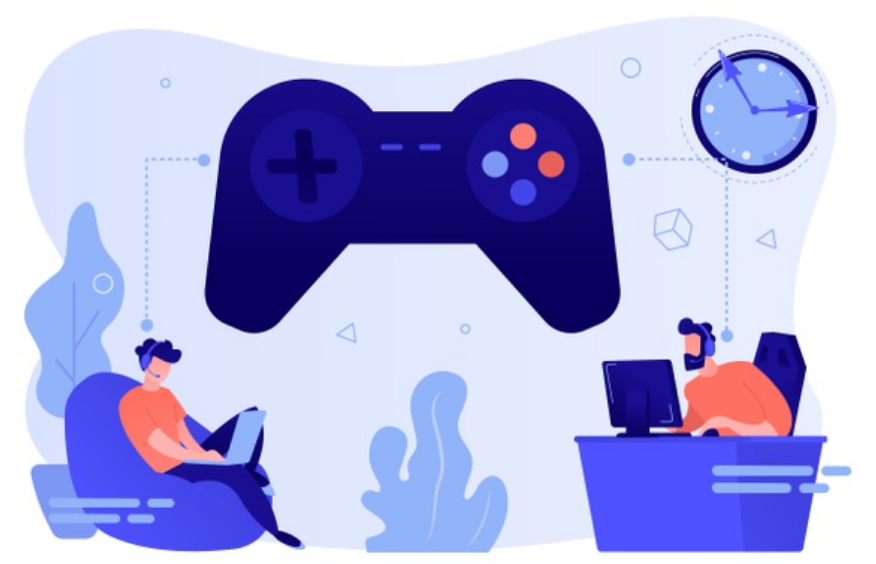Nowadays, many people talk about game development. Sometimes it takes on the most fantastic features. Some people say that this is an elementary task. Others argue that this is not possible without a company of 200+ employees and multi-million dollar budgets. In fact, no one is right. The game can be developed both alone and with a team of one hundred people. It all depends on the scale of the game you want to see as a result.
Now there are many studios that are engaged in game development. Apart from giants like EA or Epic Games, the market boasts smaller but equally talented teams. Any such video game development company can start developing a game from scratch. But first, you need to understand what you are going to face.
Main Stages of Game Development
We have said that even one person can create a game. There have been such cases in the large market. But these are rather exceptions. Making a game alone is a very long and complicated process. A person is forced to try on many roles: designer, artist, programmer, tester. This is very difficult, so even the simplest games take years to create.
A much better way is to turn to a professional game design company. Its game developers will create a simple mobile game in 4-6 months, or a PC game in a year and a half. In addition, such studios know exactly the correct sequence of steps to develop an entertainment product. Let’s also consider them to be aware of what is happening.
Pre-Production
You can’t just take and start making a game. You need to know the genre, the audience, what it will be, what the main mechanics will be, what its features will be. A huge number of nuances are being worked out here, which will then be formed into a game design document. It contains all the important data about the game right down to the last screen.
At this stage, the scale of the future game is determined. 2D options are usually faster and cheaper. 3D is always more expensive and time-consuming to create. The team builds on the client’s wishes and calculates a preliminary estimate of the project cost. If the amount received exceeds the client’s budget, the team proposes to cut the functionality, make the mechanics easier, reduce the amount of complex art, and so on.
Before starting to create a game, video game programmers often develop a prototype. This is especially true if the clients cannot yet determine exactly how they want to see the game. The prototype allows you to evaluate its basic mechanics and gameplay. If all goes well, the team proceeds to the next stage of game development.
Production
When planning is over, and the game has taken on the form of a game design document, you can start creating it. It all starts with the visual component. 2D or 3D artists are engaged in the creation of characters, environments, objects and in general everything that the game world can consist of. Animators make art move. All graphics must correspond to the style of the game prescribed in the document.
Then the programmers get to work. They work on the basis of one of the well-known engines like Unity. Sometimes a custom engine is developed, but this is often the case with large studios like Rockstar since it takes a lot of time and requires huge resources. Programmers actually add interactivity to art. With the help of the code, the art is introduced into the game so that the player can interact with it.
In addition, the work of sound designers is important. Each game has an original soundtrack that sets it apart from the others. Gaming companies often do not have their own sound specialists and outsource such tasks.
It is also important to say about testing. It is often overlooked, and this is completely wrong. All bugs need to be fixed before the game is released. If you skip the main ones, further improvements may be in vain. Players simply won’t want to give a second chance to a game that made a bad first impression on them.
Post-Production
After the release of the game, work on it does not end. It is important to keep players interested in it and, if necessary, correct minor bugs noticed by them. This is most often done with patches that fix bugs and offer level updates. Games are also often supplemented with so-called downloadable content, which includes new chapters, locations, items, and more.
Conclusion
Making a game is not an easy or quick task. It requires a lot of preliminary planning and a lot of desire to do something special. You don’t have to make a high-budget AAA product to be loved by players. They have a great sense of falsity and sincerity, and can easily prefer a platformer with simple graphics and a great storyline to a modern shooter with advanced graphics and ray tracing. So strive for more than just a pretty picture.
